| |
Package offers of research products concerning the product, buyers, communications, competitors.
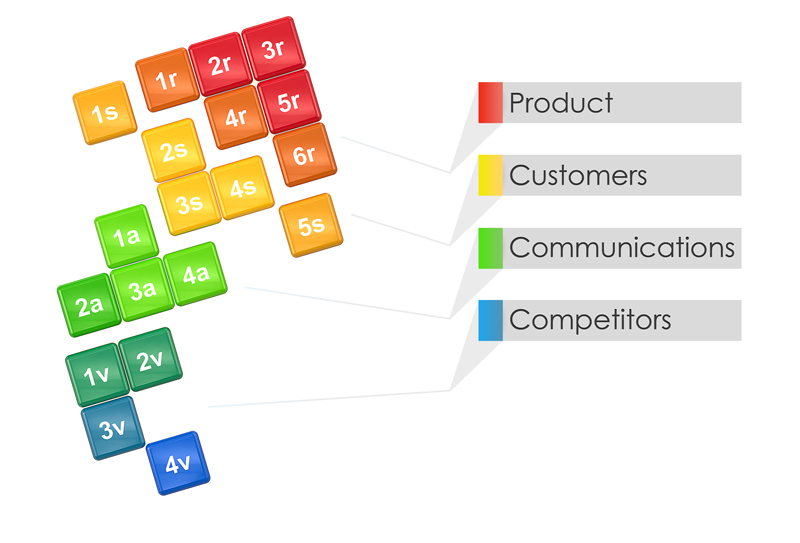
|
1r
|
Range of products optimization
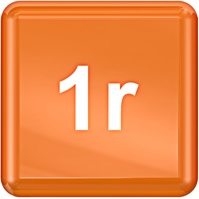
|
Purpose: creation of a model of the range of products meeting the purposes and targets of the organization
Technology: combination of study of inner and outer information of the company on the basis of multidimensional analysis methods
Result: model of the optimal range of products.
|
|
2r
|
Expert examination of efficacy of the package design
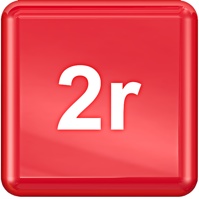
|
Purpose: to assess the attractiveness of the product package design for the final buyer.
Technology: ImaginePack.
Methods: focus-group discussions, hall-test
Result: choice of a package design which exercises the maximum influence on sales growth.
|
|
3r
|
Which are the profit yielding spheres? Analysis of macroeconomic indicators of markets development: volume, share, dynamics

|
Purpose: to assess characteristics and prospects of the market development as regards the main macroeconomic indicators.
Technology: InvestPoint. Multidimensional analysis of macroeconomic indicators of the market development.
Methods: desk research. Interview with experts.
Result: analysis of prospective markets as regards a range of characteristic features and choosing of the most prospective ones.
|
|
4r
|
Product launch: development forecast
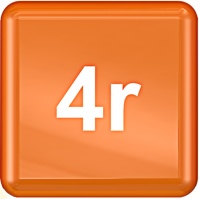
|
Purpose: to develop a medium-term forecast of the product development for 5 years.
Technology: BrandChallenge
Methods: desk research, product testing by focus-groups\hall tests, retail research.
Result: product development forecast including characteristics of the sales volumes, popularity, target audience flow.
|
|
5r
|
Development of the product positioning concept
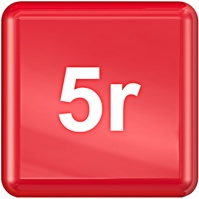
|
Purpose: to develop the product positioning concept
Technology: MindPosition
Methods: focus-group discussions, creative tests, hall-test
Result: choice of the concept that provides for achievement of the set purposes and targets of development of market positions of the product.
|
|
6r
|
Expert examination of the brand image
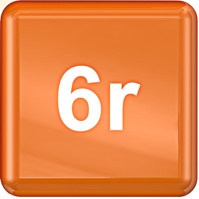
|
Purpose: to assess the level of influence of the existing brand image on the sales volume
Methods: focus-groups, hall-test
Result: recommendations of creating an efficient brand image.
|
|
|
|
|
|
B2B
Sales
|
Expert examination of sales system in the В2В market
|
Purpose: Expert examination of appropriateness of the sales system in the B2B market as regards satisfaction of the buyers’ demands. Creation of a model that describes efficiency the sales complex: personnel, brand, logistics, service
Method: expert interview, mystery shopping, desk research
Result: recommendation of modification of the sales system from the point of view of increase of the final buyers’ satisfaction.
|
|
B2C
Sales
|
All depends on Human Resources! Assessment of efficacy of rendering services or your personnel through the eyes of the buyers
|
Purpose: to assess the efficacy of performance of your personnel, to assess correspondence to the performance standards.
Technology: mystery shopping. Number of interviews for 1 sales point is 5 to 12.
Result: assessment of correspondence to the performance standards, recommendations as regards personnel training.
|
|
1s
|
Do you know your clients? Segmentation of the target auditorium: behavior, social-and-psychological patterns, consumption motivation
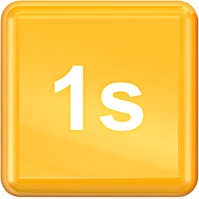
|
Purpose: to do multifactorial segmentation of the target auditorium, create a general model of the of the target auditorium, to analyze the subgroups.
Method: interview with representatives of the target auditorium. Sampling for one city(town) is 500 to 800 persons.
Result: Description of the target auditorium as per the aggregate of significant parameters, typologization and classification into groups of the target auditorium as per non-overlapping parameters, development of recommendations as regards strategies of interaction with the target auditorium groups.
|
|
2s
|
Why do your buyers purchase from others: motives and factors of buyers’ behavior?
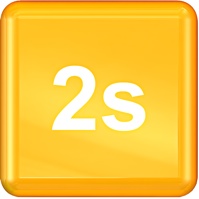
|
Purpose: find out the motives of buyers’ behavior.
Method: interview with representatives of the target auditorium. Sampling for one city(town) is 500 to 800 persons.
Result: summary analysis of motives and factors of buyers’ behavior, recommendations of influence on the buyers’ behavior.
|
|
3s
|
Retail: how the buyers make their choice where to bring their money?
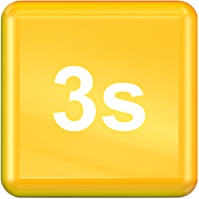
|
Purpose: to find out the criteria of choice of sales points and to create the tools influencing the buyers’ choice.
Method: interview with representatives of the target auditorium. Sampling for one city(town) is 500 to 800 persons.
Result: outline of choice of sales points by the buyers, finding out significant characteristics that make the sales point attractive, recommendations on increase of the number of buyers.
|
|
4s
|
Analysis of basis purchase
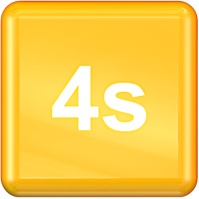
|
Purpose: to assess the place of the studied product in the buyer’s purchase basket, to find out the potential threat of substituting goods.
Technology: SCIF-analysis. Study of sales drafts.
Result: detailed data as regards what, where and in which combination is bought by the sales point customers.
|
|
5s
|
New product: forecast of the buyers’ assessment
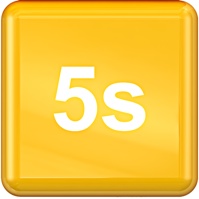
|
Purpose: to define the model of the buyer’s reaction to the new product
Technology: InsightImage, multifactorial modelling
Result: at least 7 models of buyers’ reaction to the product have been created, forecast as regards possibility of implementation of a certain model has been made.
|
|
KPI
|
Influence of loyalty on the sales dynamics
|
Purpose: to define the level and dynamics of interrelation of the organization’s clients’ loyalty level and sales dynamics
Technology: LoyaltyMonitor
Methods: analysis of interior and outer information of the organization, quantitative survey, expert interview
|
|
KPI
|
Management of the clients’ satisfaction
|
Purpose: to define the optimal level of the clients’ satisfaction which allows to achieve the planned sales volume.
Methods: modeling of sales situation within a hall-test
Result: list of indicators, methods of achievement and maintaining of the optimal level of the clients’ satisfaction.
|
|
KPI
|
Panel market research: how to keep abreast of the events?
|
Purpose: regular monitoring of the market situation, monitoring of the buyers’ behaviour.
Method: interview with representatives of the target auditorium. Sampling for one city(town) is 500 to 800 persons.
Result: regular data of the market situation: buyers’ behaviour, motives and preferences.
|
Line: study of information field and communications
|
|
|
|
1а
|
Choice of the best promotional way
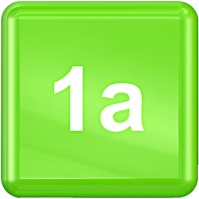
|
Purpose: to find out the most popular channels of information for the target auditorium. Assessment of efficiency of cooperation with each channel.
Method: interview with representatives of the target auditorium. Sampling for one city(town) is 500 to 800 persons.
Result: information of popularity of the considered promotional channels for the target auditorium. Forecast of efficacy of some cannels
|
|
2а
|
Assessment of efficacy of an advertising campaign in FMCG segment
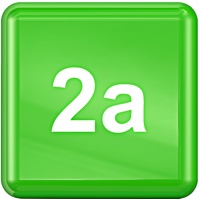
|
Purpose: to assess the efficacy of an advertising campaign as regards the following indicators: retention in memory and purchase\use of the product\service.
Method: survey of the buyers. Sampling for one city(town) is 500 to 800 persons.
Result: comparative data of recognizability and retention in memory of the advertising campaign, assessment of efficiency of the chosen channels.
|
|
3а
|
Creative ideas in advertisement: forecast of the market response
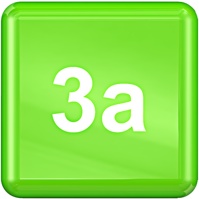
|
Purpose: to test samples of advertising, predict the target auditorium response.
Method: focus-groups and in-depth interviews. 4 to 7 focus-groups.
Result: characteristic features of perception of advertising by representatives of the target auditorium. Forecast of the target auditorium response. Forecast of the advertising influence upon the sales volume.
|
|
4а
|
How many clients BTL events gave you: assessment of cost-effectiveness of BTL
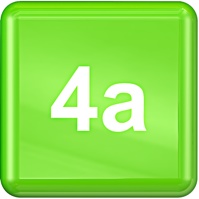
|
Purpose: assessment of efficiency of BTL events.
Method: questioning of representatives of the target auditorium. Sampling for one city(town) is 500 to 800 persons. Study of inner sales statistics, finding out trends using mathematical statistics methods.
Result: comparative data of recognizability and retention in memory of the BTL campaign, assessment of efficiency of the chosen channels.
|
Line: Study of competitors
|
|
|
|
1v
|
Who are your competitors: in-depth analysis of competitive environment?
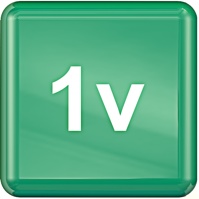
|
Purpose: to describe the general situation in the studies market and positions and prospects of each player.
Method: desk research, expert interviews. 20 to 35 interviews.
Result: competition maps of the studied market describing the key characteristics of the players (manufacturing\trading facilities, sales volumes, development plans)
|
|
2v
|
Advertising activity monitoring of the market players
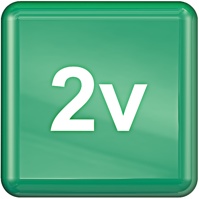
|
Purpose: assessment of the advertising activity in the studied mass media channels: TV, radio, printed and electronic mass media, out-of-door advertisement
Method: tracing of competitors’ activity using recording devices (video and audio records, examination of content of printed and electronic mass media). Making a consolidated base.
Result: summary tables-charts with assessment of activity of the studied players accompanied by samples of advertising products.
|
|
3v
|
Price audit
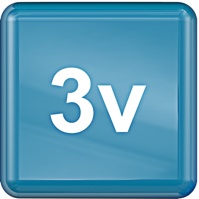
|
Purpose: regular price monitoring in the studied sales points
Method: audit, price listing.
Result: list of prices for the studied goods in the studied sales points.
|
|
4v
|
Optimization of pricing policy
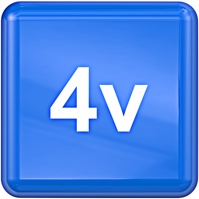
|
Purpose: to create of the optimal pricing policy in FMCG markets
Technology: RAI PriceMapping:
-
analysis of internal information of sales,
-
modeling of price choice within a quantitative research,
-
analysis of influence of non-pricing factors within a qualitative research
Result: effective price strategy
|
|
|
|
|
|
4v light
|
Choosing pricing policy
|
Purpose: to create of the optimal pricing policy in FMCG markets
Technology: PriceMapping
Result: effective price strategy
|
|
B2B
|
Benchmarking in practice or secrets of conducting business
|
Purpose: finding out technologies of conducting business
Technology: business intelligence
Result: Description of technologies of conducting business, recommendations on implementation
|
| | |
|